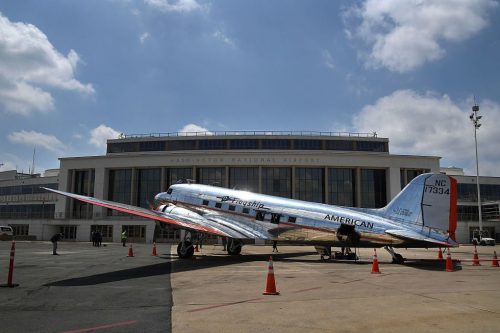Based on a recommendation from Sgt Mom, I recently read A Sailor of Austria, a novel about an Austrian submarine commander in WWI. I thought it was excellent, but this post isn’t a book review.
Both this novel and the memoirs of a real-life Austrian sub commander, Captain Georg von Trapp, portray the intergroup tensions that plagued the multinational/multiethnic/multilanguage/multireligious entity that was the Austro-Hungarian empire. These tensions only got worse, of course, as the war situation turned darker. For example, Captain von Trapp, while having some shipyard work done in his submarine, observed that “the work is actually delayed. It is quite similar to Penelope’s tapestry: mysterious forces impede the construction. The crew is suspicious.” He thought it likely that Czechs working in the shipyard were deliberately slowing the work, noting that “At the American declaration of war, they supposedly really celebrated, but you can’t pin anything on them.”
Reading A Sailor of Austria reminded me of my 2011 post Government Overreach and Ethnic Conflict, in which I quoted AJP Taylor:
The Austrian state suffered from its strength: it had never had its range of activity cut down during a successful period of laissez-faire, and therefore the openings for a national conflict were far greater. There were no private schools or hospitals, no independent universities; and the state, in its infinite paternalism, performed a variety of services from veterinary surgery to the inspecting of buildings. The appointment of every school teacher, of every railway porter, of every hospital doctor, of every tax-collector, was a signal for national struggle. Besides, private industry looked to the state for aid from tariffs and subsidies; these, in every country, produce ‘log-rolling,’ and nationalism offered an added lever with which to shift the logs. German industries demanded state aid to preserve their privileged position; Czech industries demanded state aid to redress the inequalities of the past. The first generation of national rivals had been the products of universities and fought for appointment at the highest professional level: their disputes concerned only a few hundred state jobs. The generation which followed them was the result of universal elementary education and fought for the trivial state employment which existed in every village; hence the more popular national conflicts at the turn of the century.
The present-day US doesn’t have the level of government dominance that existed in the Austro-Hungarian empire, certainly, but the degree to which many nominally-private activities are now government-funded (universities, healthcare)–combined with the extreme politicization of everything from coffee to football–is helping to drive those same behaviors of intergroup squabbling.
It does seem that the US is in danger of ceasing to be a nation-state at all and transitioning into a multinational, multiethnic, multilingual, multireligious, gender-divided empire comprised of groups that are primarily interested in gaining power over their internal rivals.
Discuss

